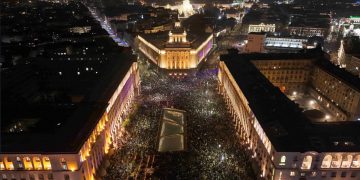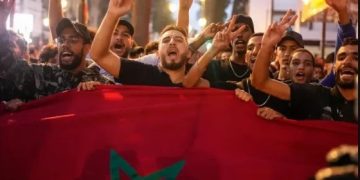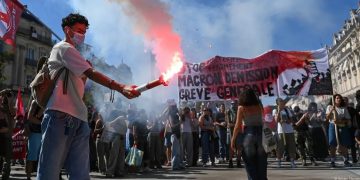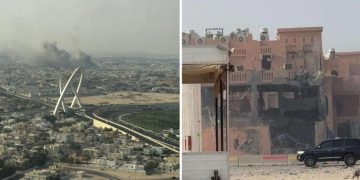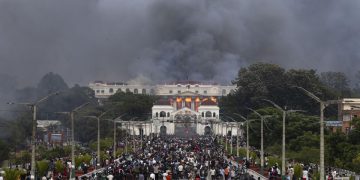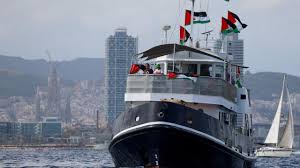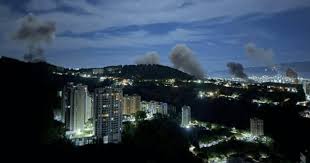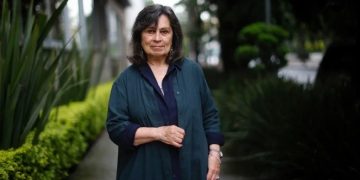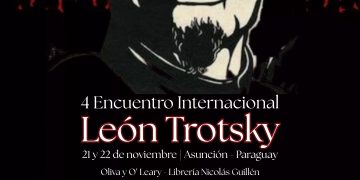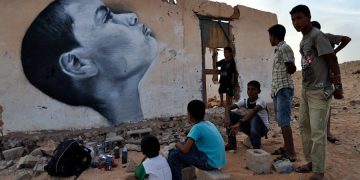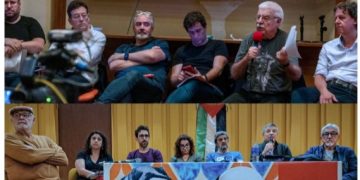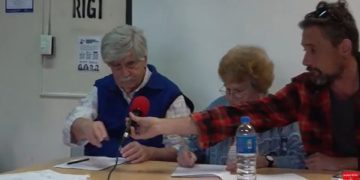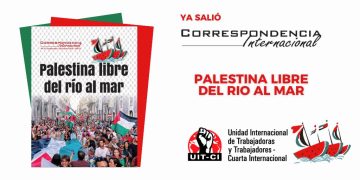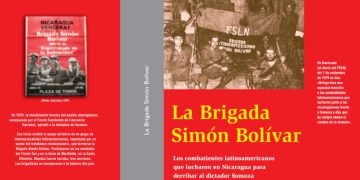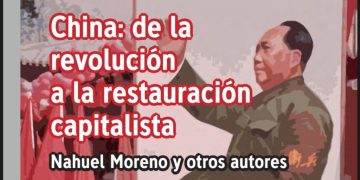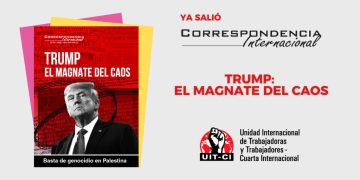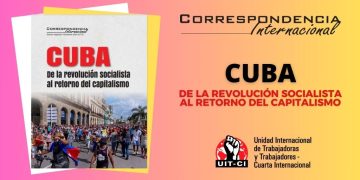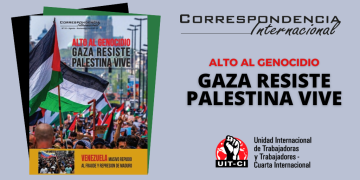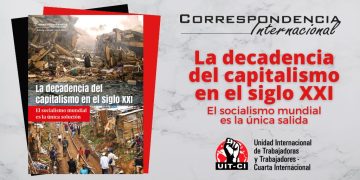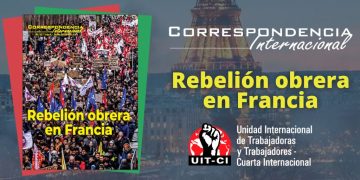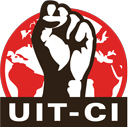
By Miguel Sorans, a leader of the Socialist Left (IS – Argentina) and the IWU-FI. Published in El Socialista, http://www.izquierdasocialista.org.ar/index.php/periodico-el-socialista/ultimo-numero
11 December 2019
From Hong Kong to Latin America, through the French general strike, the Middle East and North Africa, a trail of popular uprisings set the planet on fire.
A revolutionary wave has been raging since the beginning of 2019. There was a precedent at the end of 2018 with the formidable mobilisation of the Yellow Vests in France. 2019 started with a great triumph of the popular mobilisation in Algeria that made the dictator Bouteflika resign. Then it shook the world with the massive mobilisations in Hong Kong, which have been confronting the dictatorship of the Chinese Communist Party (CP) for months now. In July, it impacted the so-called “citizen revolution” of Puerto Rico that toppled the governor. In recent months, we have seen the return of the impressive independence mobilisations of the Catalan people and for the freedom of their political prisoners. Meanwhile, in the United States, there was the General Motors strike, the longest in half a century.
The last quarter plagued by popular uprisings
Several revolutionary uprisings, which in all cases began with specific demands (increases in fares or fuels, or against a new tax) and quickly went directly against the governments marked the last months of the year.
Thus, we had the triumph of the semi-insurrection in Ecuador. It was a first triumph with the defeat of the rise in petrol and the plan dictated by the IMF. The government of Lenin Moreno had to withdraw from the capital city taken by the indigenous people, with Conaie at the head, supported by the student movement, workers and popular sectors. He gave up the increase to retake control. This triumph generated a tremendous impact: it demonstrated that the IMF’s plans can be defeated with the mobilisation.
Almost immediately, a revolutionary mobilisation began in Chile against Piñera and the political-economic model inherited from Pinochet’s. Millions of young people, workers, and women rebelled against Piñera’s right-wing liberal government. Overflowing all political and union leaderships. Although Piñera’s government stepped back in raising subway fares, people continued on the streets demanding the government to quit and to drop the economic model, ignoring the state of emergency and the curfew itself. The mobilisation, after more than a month and a half, has not stopped. It demands Piñera leave and the end of the whole austerity programme and the political regime of the last thirty years, a persistence of Pinochet’s times.
In Haiti, there was a new popular uprising (they are now in their fourth year). In Lebanon, there was the so-called “WhatsApp revolution”, where the workers, youth and popular sectors kept the demonstrations demanding that the government leave. There were gigantic uprisings in Iraq, which ended with the fall of the government. We also saw millions on the streets in Iran and Ethiopia. We saw the huge marches and fights against the reactionary coup in Bolivia. The year ended with general strikes and massive protests in Colombia. And with France launching a general strike almost indefinitely, the largest since 1995.
2019 ends with the persistence of the green wave of the women’s movement, which was reflected again in the new World Strike of 8 March and other demonstrations. And the birth of a new multitudinous and global movement, the world’s youth for climate change.
A global rebellion against austerity plans
The working class, youth, women, and other popular sectors join in these mobilisations. There are popular insurrections, general strikes, demonstrations of youth masses, unemployed, native peoples, struggles for the national question. In many places, they overflow the old leaderships of the traditional parties and unions; in others, like Chile, no one leads. This has been Chile, Lebanon, or Iraq’s dynamics. Beyond their differences, they all have something in common: the confrontation of austerity plans, super-exploitation and plundering of imperialist capitalism and its governments.
The origin of this situation is in the global capitalist crisis started in 2007. Imperialism and the capitalist governments of the world tried to get through it by unloading the crisis on the backs of the working class and the oppressed sectors, with more and greater austerity measures. But they faced a phenomenal exacerbation of the workers and people’s struggle. One of the highest points was the so-called Arab Spring of 2011. We are now facing a new wave that makes it even more difficult for imperialism to overcome the crisis with higher levels of exploitation and precariousness of the masses worldwide. This is the key factor in the rebellions that generate enormous political instabilities. Most times it causes the fall of governments or a greater crisis of political regimes. And that even has other expressions, more indirect, such as the punishment vote to employers’ governments of all kinds that carry out these austerity plans.
The application by imperialism and its governments of plans for super-exploitation is exacerbating the hatred of the masses. This happens both with governments and regimes of the liberal right and with those that seem to be on the “left”, “centre-left” or “progressive”. This has happened, among others, with Syriza in Greece, Maduro and Chavismo in Venezuela or Lulismo in Brazil. They all failed by governing with sectors of the bourgeoisie, making pacts with the multinationals and impoverishing the working people.
The Challenge: Building a New Revolutionary Leadership
We know that this new wave of struggle has a weak point, which is the crisis and the absence of a revolutionary leadership. This is still the biggest problem for the working class and the people of the world.
Trade union bureaucracies, the reformist and conciliatory leaderships with the capitalist governments betray the masses’ mobilisation.
What is pending is the building of new revolutionary leaderships. And for that, it is necessary to build revolutionary parties in each country. The positive thing, to put up that fight, is that in the world there are thousands and thousands of fighters who are at the forefront of every workers’ and people’s struggle and who overflow the old leaders. That is the basis for overcoming the absence of a revolutionary leadership. The new leadership that not only puts itself at the head of the most heartfelt demands, but that develops the permanent mobilisation of the masses and postulates a programme to end capitalism and for the government of the workers and Socialism.








